One of the things I love most about video games is their versatility as an art form.
Movies more or less all carry the same runtimes while adhering to similar visual languages, books are primarily relegated to text and TV shows have to follow an episodic format. All of these structures have their own benefits, to be sure, but the intrinsic beauty of games is that they can really be any combination of all three.
Looking back on the year that was for gaming, I’m reminded of that fact. After playing around 50 new games and keeping up with many more, I’m in awe at the staggering variety of the kinds of experiences that were created this year alone. An FMV game that uses interactivity and metatextuality to immerse players in a decades-spanning mystery. A grueling dark fantasy world that creates an unparalled sense of discovery and companionship. A cyberpunk RPG about finding hope and meaning in an unrelentingly harsh city. A cat simulator that captured the hearts of gamers and non-gamers alike. A 100-plus-hour existential odyssey. A fighter in which Batman, Shaggy Rogers and LeBron James can duke it out. Games can be pretty much anything.
Naturally, this has made putting together a top 10 list an enjoyably tricky challenge. I thought long and hard about this, which is why it’s coming mere days before 2023 rolls in. But in the end, I’m happy with what I’ve picked. Before I go further, though, I should fully acknowledge the quality of Elden Ring. Developer FromSoftware’s rich and freeing open-world design that encourages exploration without any hand-holding is extremely commendable and even ground-breaking. The action-RPG is, without question, a monumental achievement and absolutely worthy of all the Game of the Year accolades it’s received. However, it’s not something I got into, as I don’t generally enjoy experiences that are so punishing or lore-heavy without some core narrative hook. If I’m going to spend close to 100 hours playing a game, I typically need to care enough about the story and people who take part in it. Therefore, it’s not on this list.
With that out of the way, here’s the top 10!
10. Marvel Snap
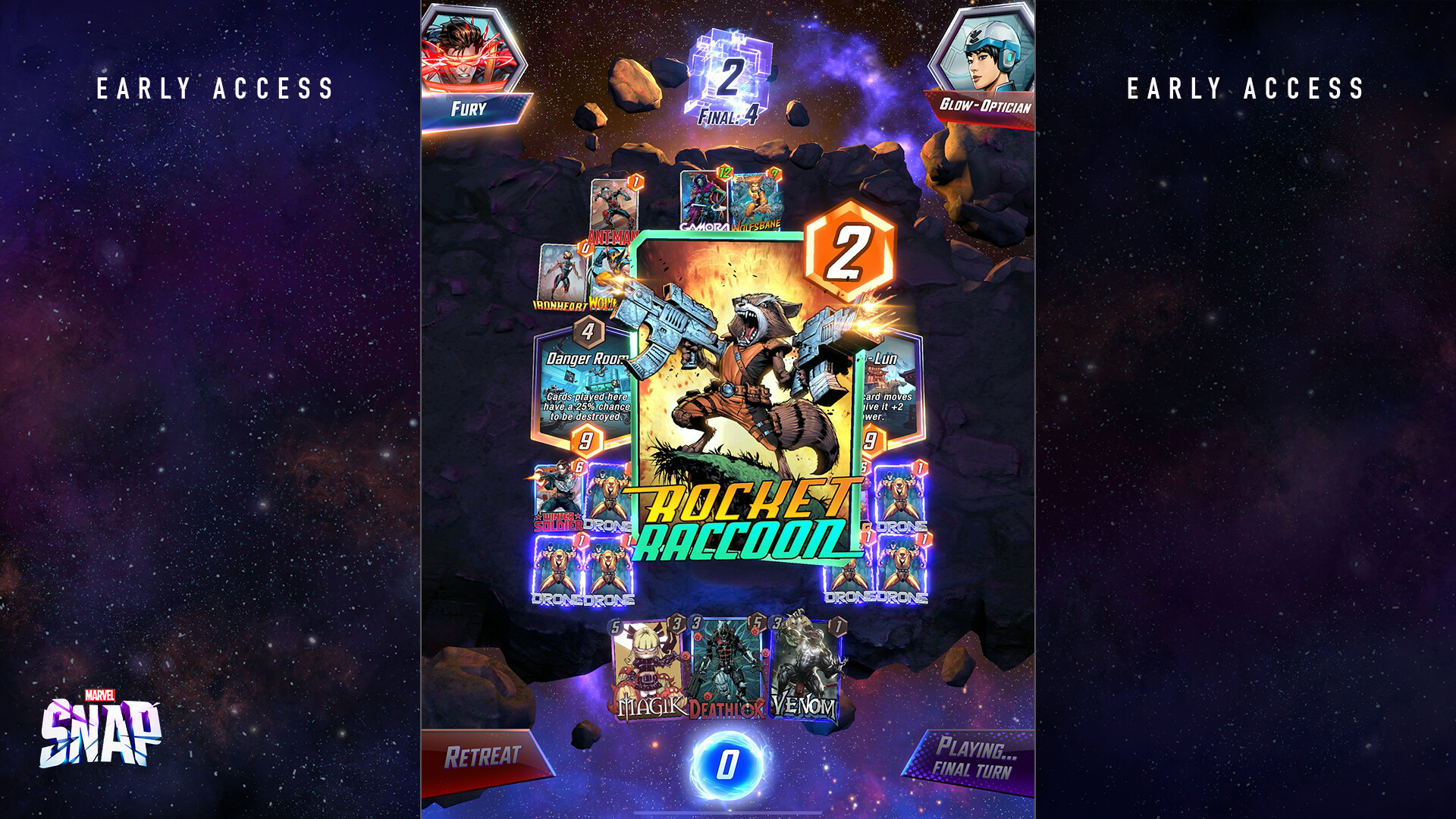
Image credit: Second Dinner/Marvel
Platforms: iOS, Android, PC (early access)
As someone who almost never enjoys mobile gaming, I’m surprised that I fell in love with Marvel Snap earlier this year. That’s because developer Second Dinner crafted an experience that is absolutely perfect to play your phone. It’s an elegantly simple card game that’s designed around appreciably bite-sized matches using decks of just 12 cards, making it remarkably easy to pick up and play. The Marvel license enhances the novelty of collecting new cards, but even if you took that away, this is just a damn good game. Honestly, the only reason why this isn’t higher is that I forced myself to stop playing to get to other things — it’s that addictive.
9. Kirby and the Forgotten Land

Image credit: Nintendo
Platform: Nintendo Switch
In the first five minutes of Kirby and the Forgotten Land, our titular pink hero sucks up an entire car and zooms around a post-apocalyptic city that looks straight out of The Last of Us. It’s an absolutely hilarious and outlandish sight to behold, and it sets the tone for the next 10 hours. Through the game, there’s a consistent joy in finding what new everyday object Kirby would comically stretch around and absorb next, be it a traffic cone to stomp on enemies with earth-shattering force, a lightbulb to navigate ghost-infested areas or a vending machine to blast pop cans like a machine gun. Throw in some gorgeously vibrant and charming stages, a solid assortment of upgradable enemy-copying abilities and a delightfully bonkers Platinum Games-esque final stretch and Kirby and the Forgotten Land is such a treat.
8. Neon White
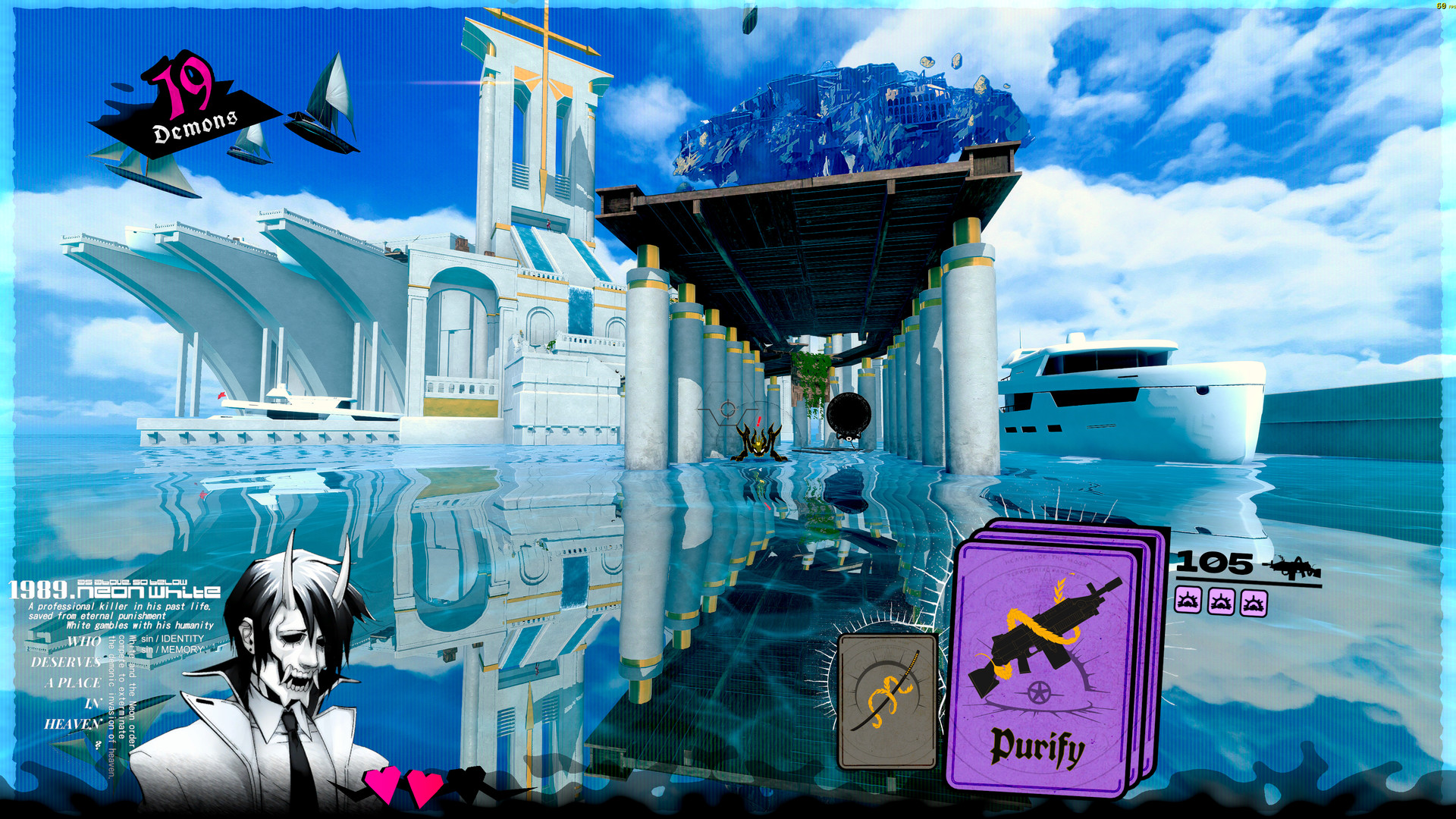
Image credit: Annapurna Interactive
Platforms: Nintendo Switch, PlayStation 4/5, PC
On a raw, moment-to-moment enjoyment level, Neon White might actually be the most fun I’ve had in a game this year. As the deceased assassin White, your job is to clear out demon-infested afterworld stages as quickly as possible to appease your heavenly overlords. The anime-inspired story is reasonably entertaining, especially thanks to stellar voice work from the likes of Steve Blum, but it’s mostly just an excuse for an utterly engrossing speedrunning-focused experience. It’s a breathtakingly thrilling gameplay loop in which you have to maintain momentum while collecting ‘Soul Cards’ to alternate between attacking enemies and executing unique traversal moves to continue forward. The balletic pace of ping-ponging between platforms as I jump, slide, shoot, dash and zipline my way through hellish creatures created an exhilarating rush I’ve rarely felt in games. Even as someone who otherwise couldn’t care less about speedrunning, Neon White‘s short, tightly paced levels and fast and frenetic traversal have me genuinely eager to continue to try to improve my clear times.
7. Immortality

Image credit: Half Mermaid
Platforms: Xbox consoles (and Game Pass), Netflix Games (iOS/Android)
Every once in a while, you come across a story that could only be told in a video game, and Immortality is the epitome of that. It seems simple enough at first; like other FMV titles, your job is to review live-action video files from three fictional movies to piece together the story — in this case, the strange disappearance of actress Marissa Marcel. But it’s how developer Half Mermaid has interwoven all of these clips — a ‘match-cut’ mechanic that lets you click on one person or object to jump to something similar in another piece of footage — that feels genuinely innovative. It’s a thoughtful way of encouraging you to carefully study clips to consider how they might connect to others. Adding layers to the narrative is the fact that hidden footage lies behind many clips that you have to figure out how to reveal, and discovering these proved to be some of the most fascinating, if bone-chilling, moments I’ve had in a game in years. To say more would spoil Immortality‘s many surprises, but suffice it to say that this is one mystery you’ll absolutely want to solve.
6. Mario + Rabbids: Sparks of Hope
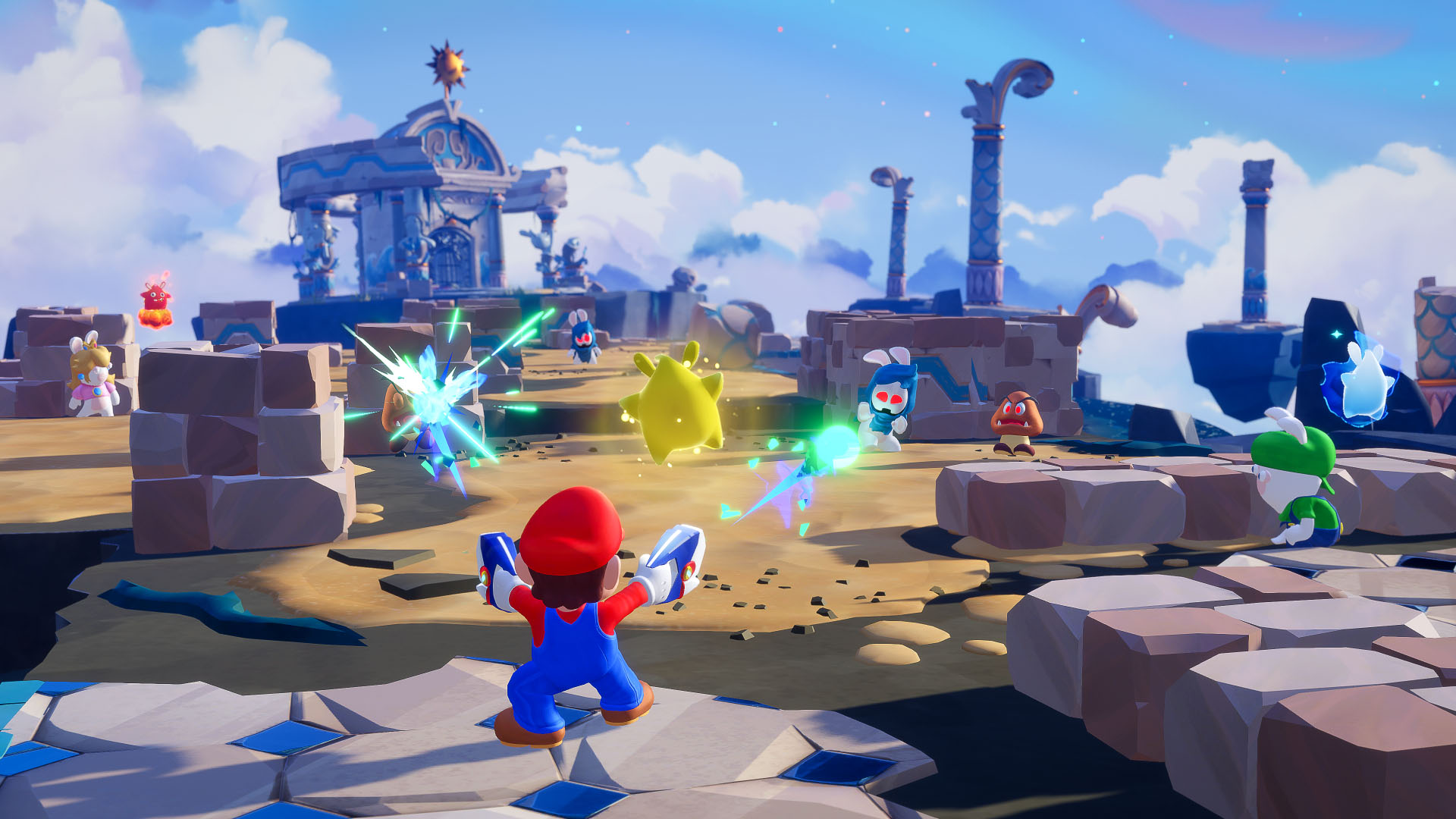
Image credit: Nintendo/Ubisoft
Platform: Nintendo Switch
Admittedly, my initial interest in Ubisoft Milan’s Mario + Rabbids: Sparks of Hope almost entirely stemmed from the involved musical talent: my second-favourite composer of all time, Yoko Shimomura (Kingdom Hearts), as well as Grant Kirkhope (Banjo-Kazooie) and Gareth Coker (Ori and the Blind Forest). And sure enough, their soundtrack for the game is magnificent. But I was absolutely elated to discover an absolutely fantastic turn-based strategy experience in its own right.
The ability to move around in real-time adds a lot of thought to character placement, while the titular ability-granting Sparks allow for a wonderful level of mix-and-match customization. Whether it was giving ace sniper Luigi a cloaking power so he can sneak around and pick apart enemies or the punky blade-wielding Edge a regenerative ability to charge an area like a tank, I was constantly eager to keep building out my team for greater tactical efficiency. The amusingly self-deprecating humour about the Rabbids and impressive explorable 3D Mario-inspired overworlds only sweetened the deal.
5. Horizon Forbidden West
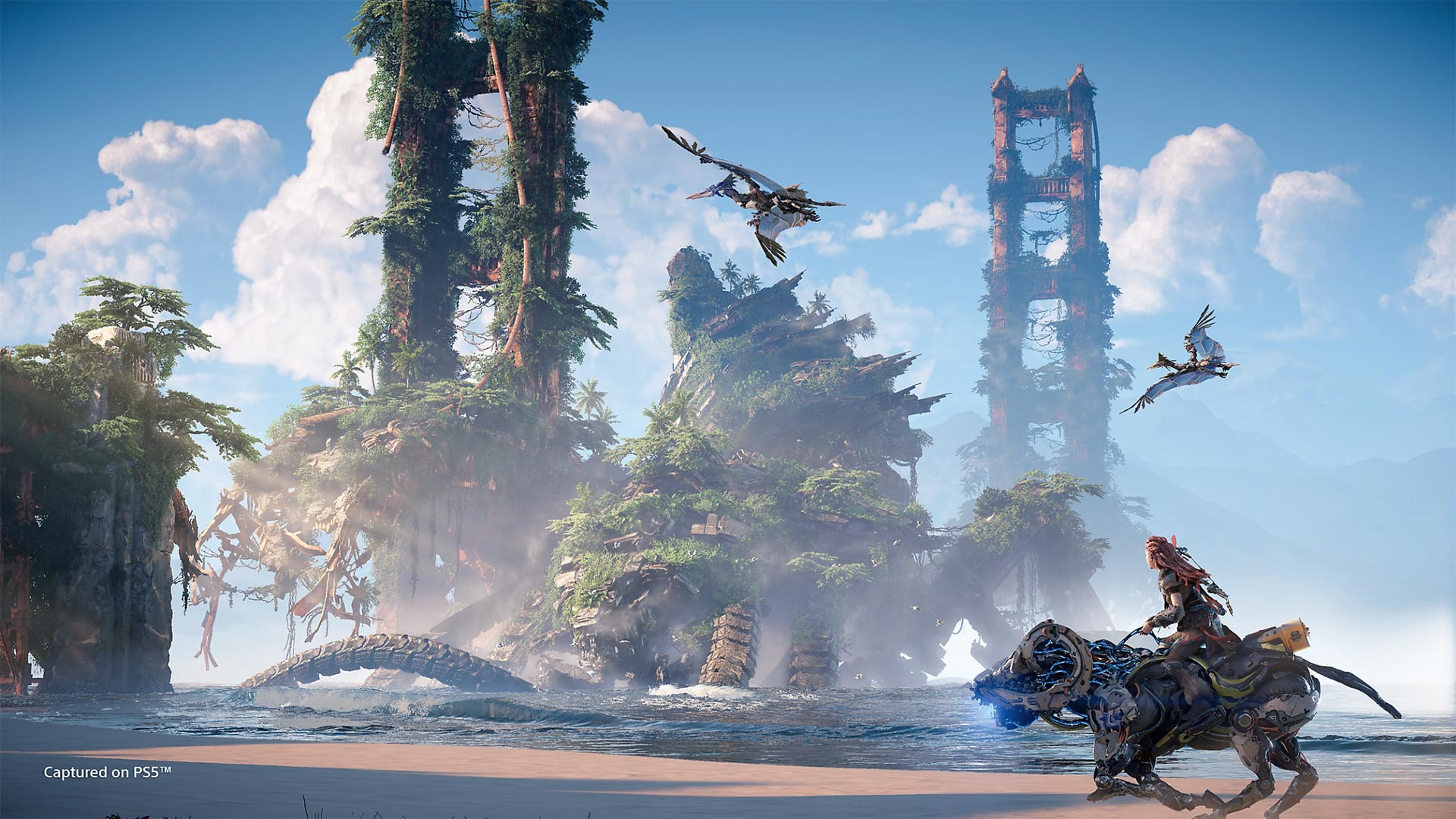
Image credit: PlayStation
Platform: PlayStation 4/PlayStation 5
With Horizon Forbidden West, Guerrilla Games meaningfully addressed pretty much every issue I had with its 2017 predecessor. The cast of characters was richer and more three-dimensional. The Breath of the Wild-esque glider made traversal a lot more seamless, encouraging greater exploration of its stunning post-apocalyptic, robot-infested world. The once-bland melee combat was significantly expanded to include a satisfying array of combos and upgrades. At the same time, everything else that was already great about the original game, including the tight bow mechanics and fascinating lore, were made better than ever. Bring on Horizon 3.
4. Pentiment
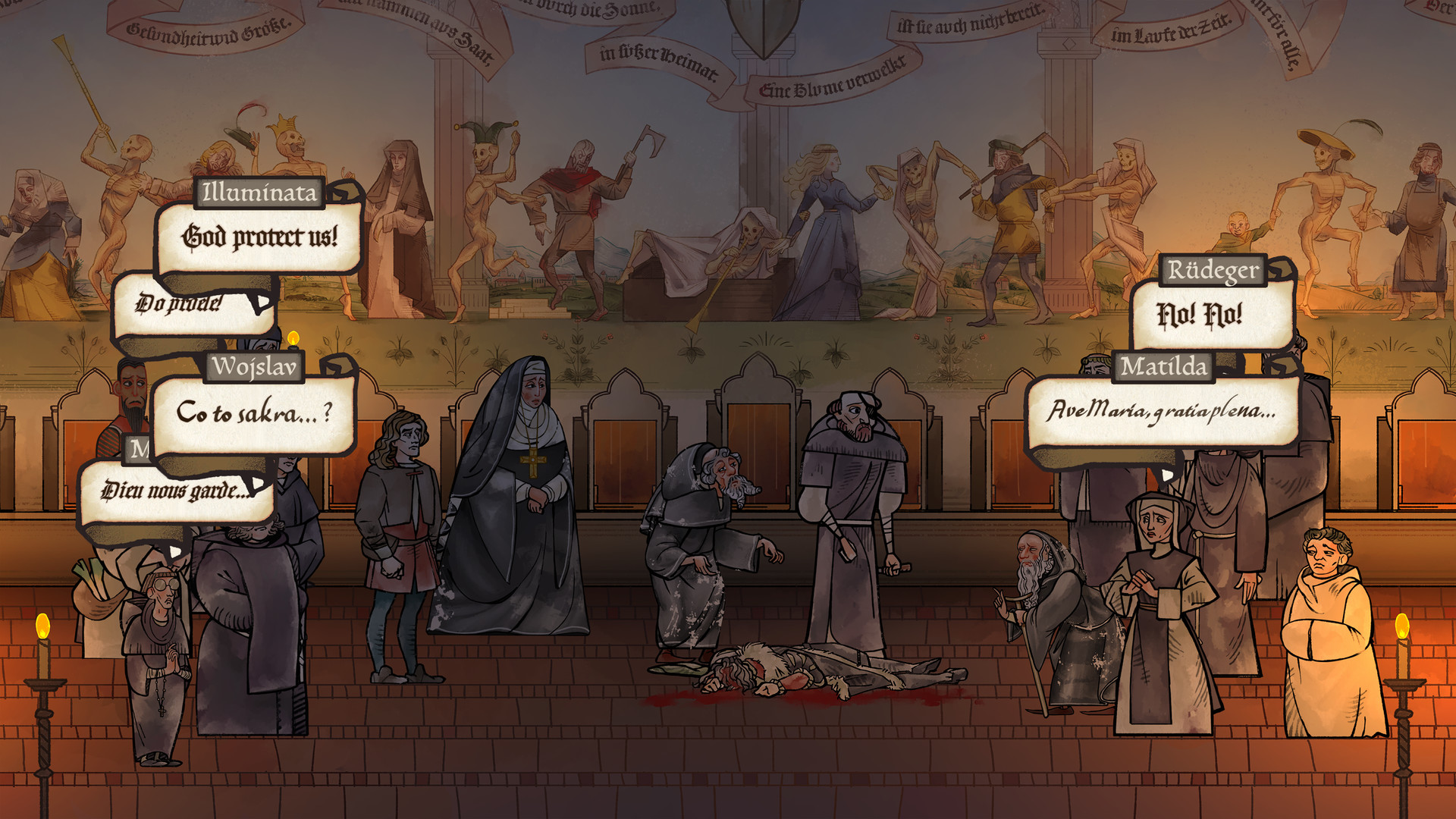
Image credit: Xbox
Platforms: Xbox consoles (and Xbox Game Pass), PC
Over the past few decades, Obsidian has made a name for itself for rich, choice-driven narratives, and Pentiment might just be the purest distillation of the developer’s strengths to date. In many ways, the mechanically-light experience is more like a visual novel (just look at Hannah Kennedy’s wondrous art!), but it’s ultimately better for it. Rather, Obsidian focused on crafting a magnificently well-realized version of 16th century Bolivia and an enrapturing murder mystery at the heart of it.
Best of all, the developer refuses to reveal a canon killer, forcing you to instead consider the ramifications of your choices on the townspeople over the course of the game’s sprawling 25-year tale. Seeing characters come and go — maturing or regressing, living or dying — in response to both the time period’s political and religious turmoil and my own decisions created a more profound connection to this world than I’ve had with many games. In a day and age where many people seemingly expect everything to be wrapped up cleanly, Obsidian’s restraint in keeping things ambiguous and thought-provoking is absolutely admirable.
3. Citizen Sleeper
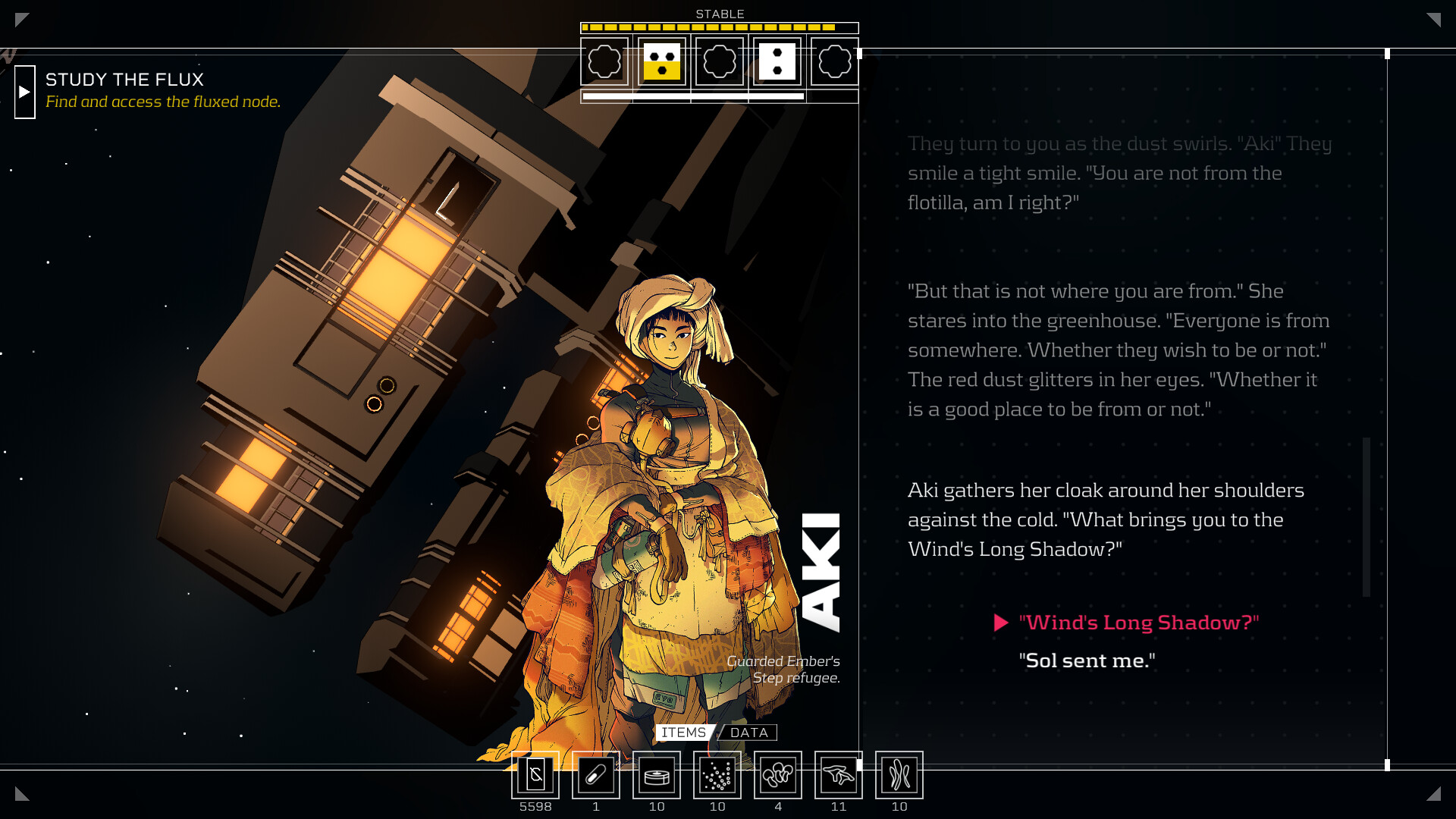
Image credit: Fellow Traveler
Platforms: Xbox consoles (and Game Pass), Nintendo Switch, PC
Nowadays, it’s not uncommon in media to see variations on the “capitalism bad” type of story. And while that will always be inherently true, it can also feel fairly rote at times. Citizen Sleeper, however, approaches these themes in a much more unique way. Yes, it’s undoubtedly about capitalism, but what impressed me the most is its unflinchingly uplifting spirit. While the central dice-roll mechanic is a tacit commentary on how life can often deal you a shitty hand, it’s Citizen Sleeper‘s focus on the power of human connection that shines through.
Doing daily hard labour to scrape together just enough money to buy food and life-saving medicine, you have to make the best with what you’ve got, so how you choose to spend your time — be that by sharing a story with a local street vendor below the stars or bonding with a struggling father and his adopted daughter — is how one ultimately finds existence in your life. These moments create an achingly beautiful tenderness to Citizen Sleeper, made even more earnest when factoring its allegorical relevance to developer Gareth Damian Martin’s experiences as a non-binary person in the gig-economy. A soulful, deeply moving experience that I won’t forget.
2. Live A Live
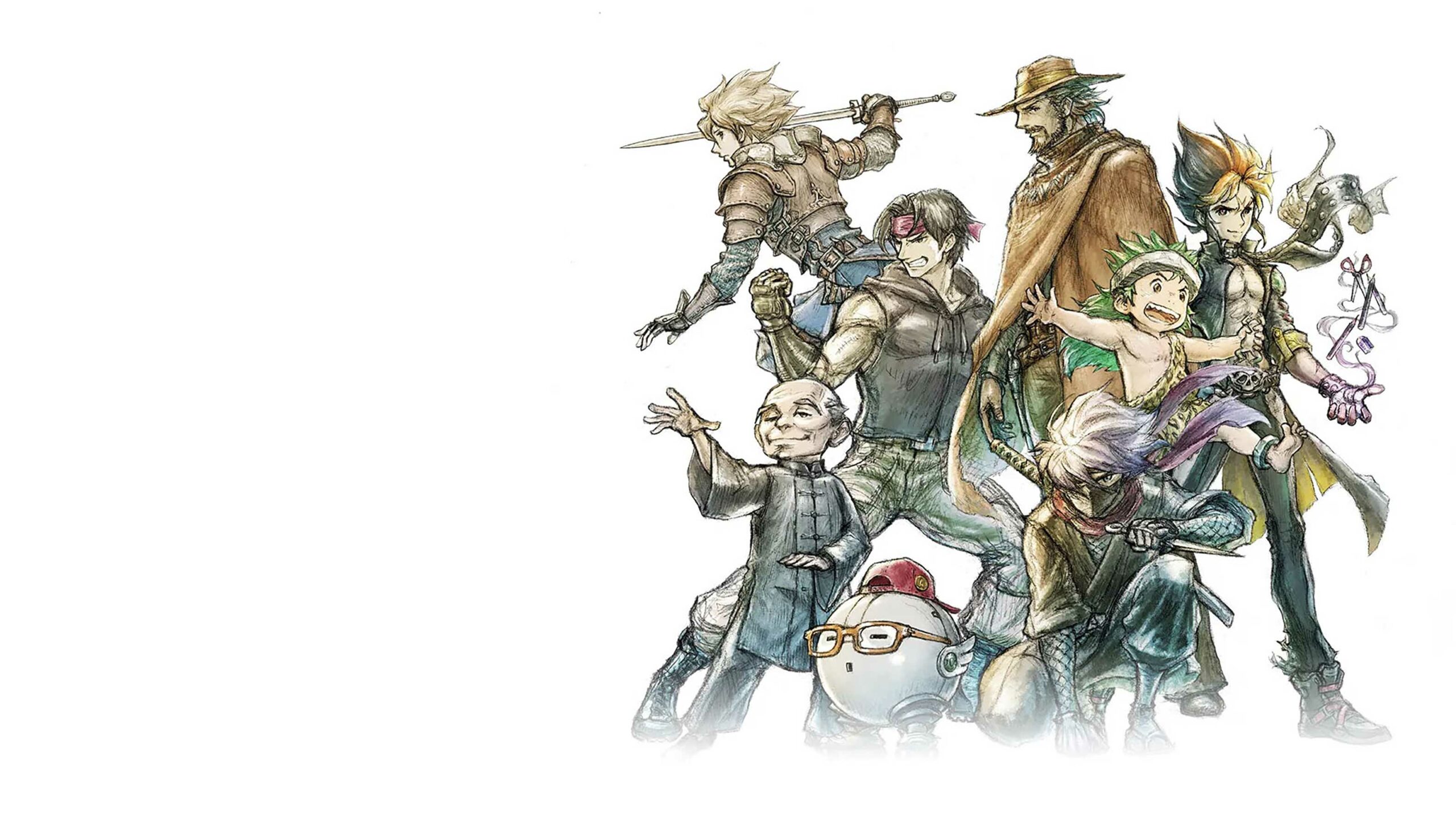
Image credit: Square Enix/Nintendo
Platform: Nintendo Switch
I’ve been in love with Square RPGs like Final Fantasy for most of my life, so discovering that the company was remaking this once-Japan-exclusive SNES title with jaw-droppingly stunning HD-2D visuals was incredibly tantalizing. Thankfully, this long-lost game actually exceeded my expectations in practically every way. Where Octopath Traveler disappointed me with its repetitive structure and disparate storylines, Live A Live uses its seven standalone scenarios to great effect.
There was an unmitigated sense of wonder and excitement in exploring each time period, ranging from a charming, dialogue-free prehistoric love story and suave Sergio Leone-inspired spaghetti western to near-future kaiju hijinks and the far-out Alien-esque spaceship murder mystery. If that weren’t enough, additional chapters later open up that tie everything together in a surprisingly gripping way, adding the deeper hook that Octopath always lacked for me. That’s to say nothing of Yoko Shimomura’s fantastic soundtrack, which is just full of bangers. All told, Live A Live was, for several months, the 2022 game to beat for me, until…
1. God of War Ragnarök
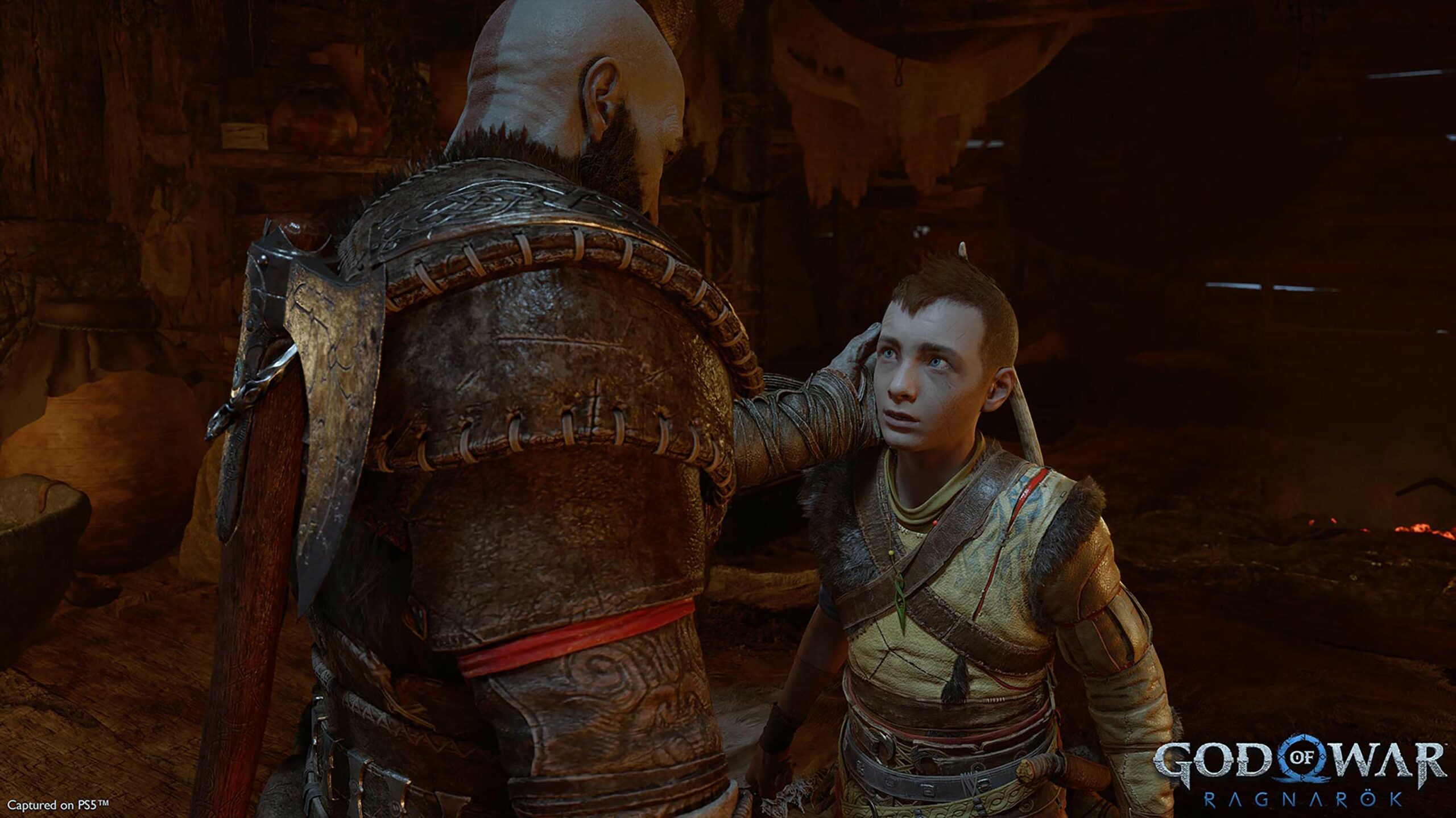
Image credit: PlayStation
Platforms: PlayStation 4/PlayStation 5
At the start of this list, I mentioned that the games that resonate with me the most are the ones that have compelling stories and characters. That’s God of War Ragnarök to a tee — more so, in fact, than almost every game I’ve ever played. To be able to say that about an action game — a genre in which story is usually an afterthought — is no small feat. To be clear, there’s definitely a tightly constructed combat system that’s punchy and visceral while still allowing for experimentation through an engaging character customization systems. And make no mistake: there’s also expansive-yet-manageable interconnected world full of interesting sidequests, rewarding loot and fascinating world-building.
But why I love God of War Ragnarök — why it has quickly become one of my all-time favourite games — is its heartwrenching and personal father-son story. The intensely relatable specificity with which Santa Monica Studio tells this narrative hit me hard, and that was only strengthened by the expertly written and acted cast and enthralling twists and turns of the plot. By the end of my time with the game, I was moved to tears; I truly felt like I’d gone on this journey with these characters and changed with them. To me, that’s the real power of games, and God of War Ragnarök encapsulates that perfectly.
Honourable mentions: A Plague Tale: Requiem, Hindsight, Sifu, The Quarry and Stranger of Paradise: Final Fantasy Origin
What are your favourite games of the year? Let us know in the comments.








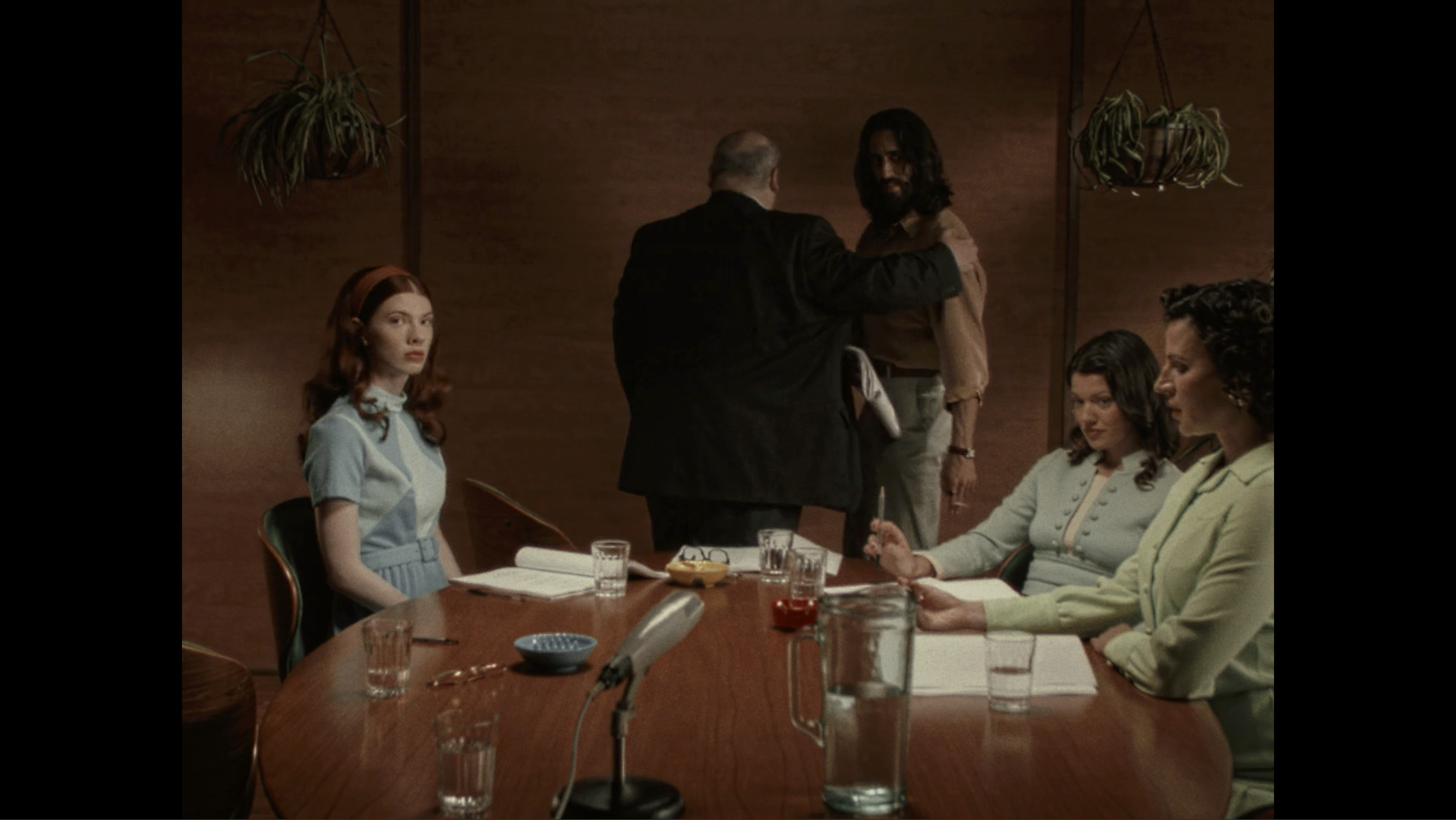

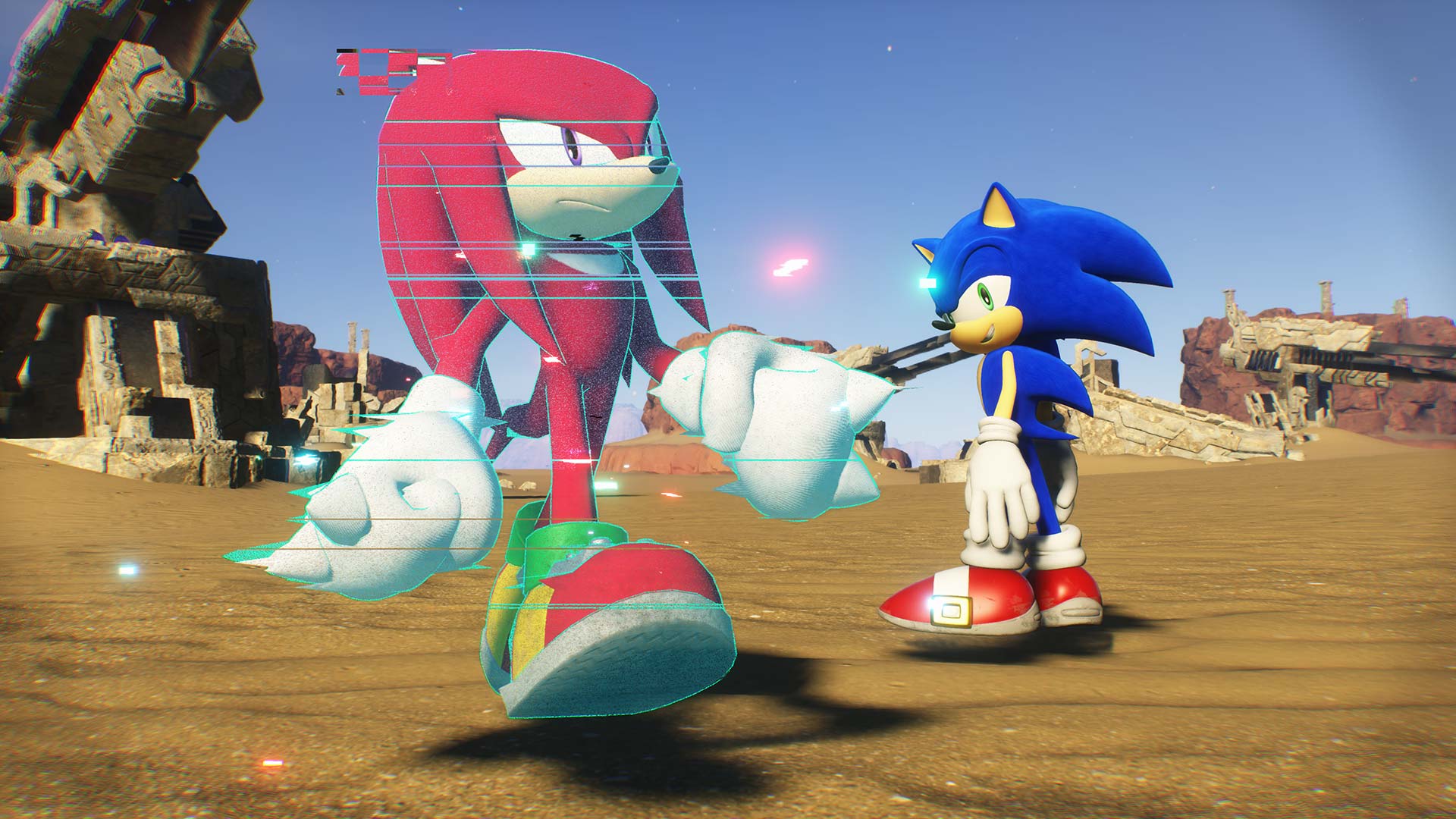 However, instead of disregarding the previous games, Sonic Frontiers actually embraces these flaws and weaves them into the storytelling. For example, Tails actually comes to terms with his problems about co-dependency on Sonic and, specifically, references plot details from Forces. Not only that, but there are so many references to the older games (including the classics) that had me constantly grinning during my playthrough.
However, instead of disregarding the previous games, Sonic Frontiers actually embraces these flaws and weaves them into the storytelling. For example, Tails actually comes to terms with his problems about co-dependency on Sonic and, specifically, references plot details from Forces. Not only that, but there are so many references to the older games (including the classics) that had me constantly grinning during my playthrough.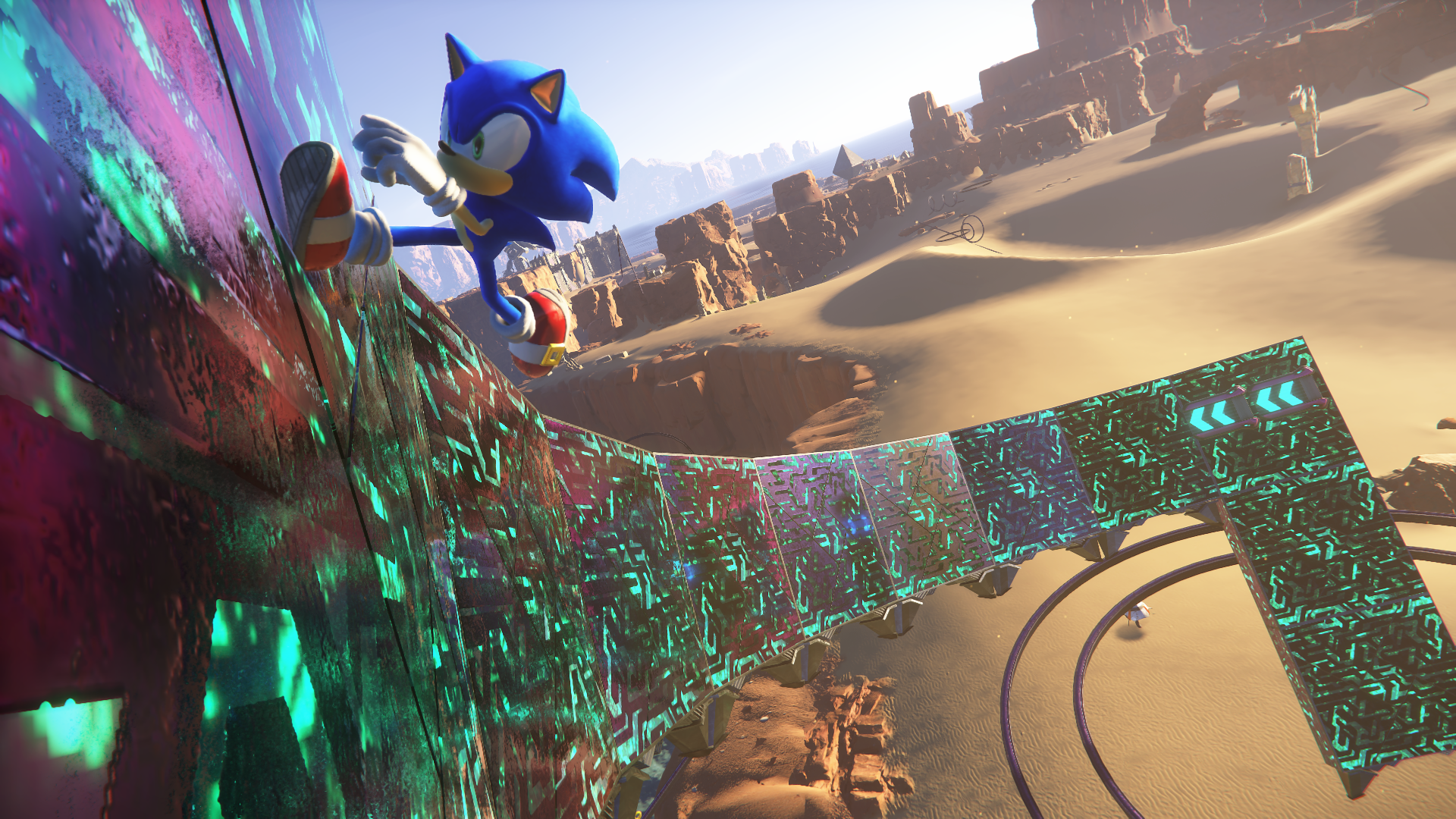


 Read
Read  It’s unclear if Microsoft’s parts supplier or manufacturing process has changed with the Design Lab Elite Series 2. However, if my gamepad is an accurate indication, it seems the tech giant may have solved the controller’s issues — at least as far as the custom version is concerned (it’s also really cool to be able to fully customize the Series 2gamepad).
It’s unclear if Microsoft’s parts supplier or manufacturing process has changed with the Design Lab Elite Series 2. However, if my gamepad is an accurate indication, it seems the tech giant may have solved the controller’s issues — at least as far as the custom version is concerned (it’s also really cool to be able to fully customize the Series 2gamepad).